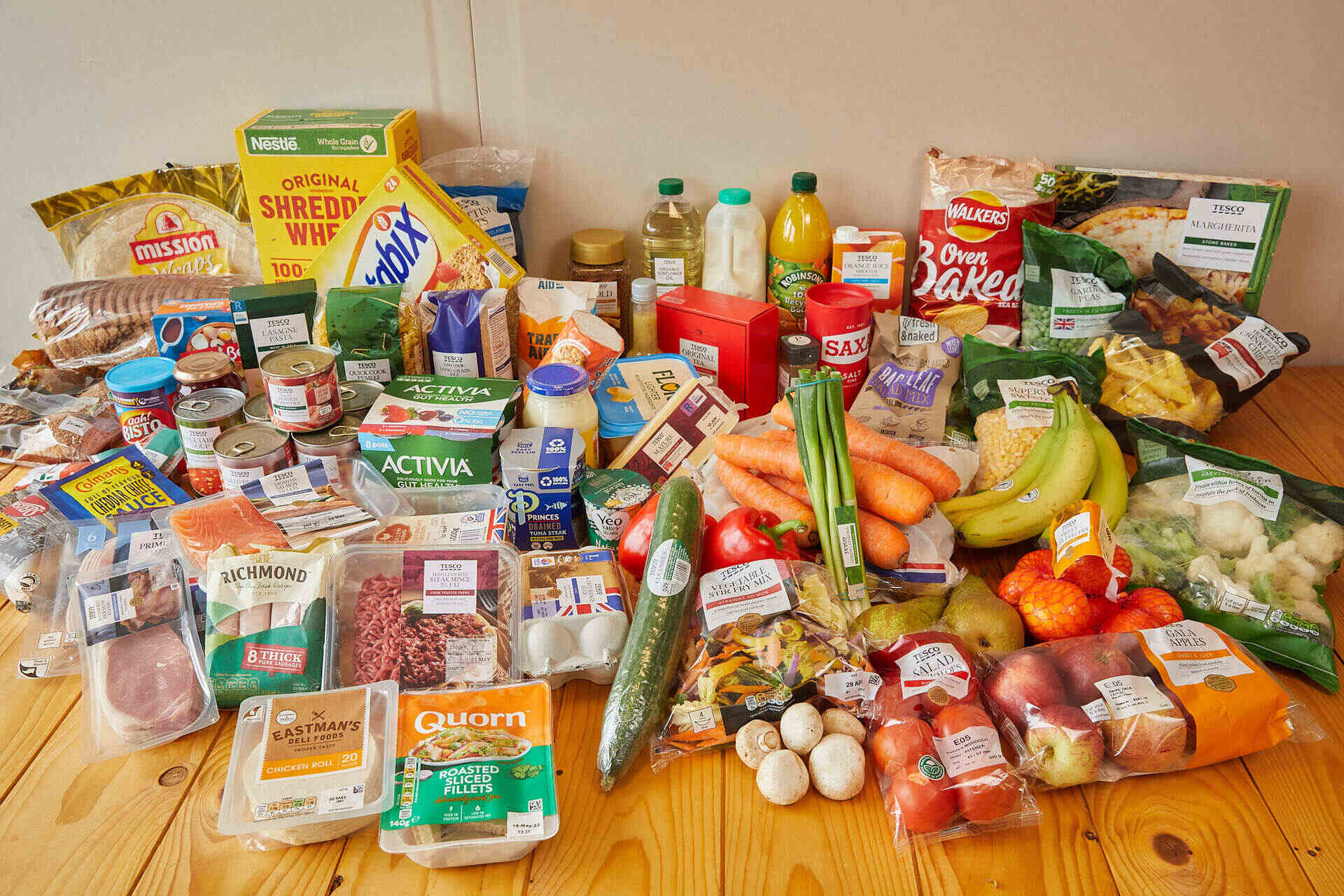

Articles
How To Store Food Without A Pantry
Modified: January 19, 2024
Learn creative ways to store food without a pantry. Explore our informative articles for tips on food storage solutions, organization, and maximizing space.
(Many of the links in this article redirect to a specific reviewed product. Your purchase of these products through affiliate links helps to generate commission for Storables.com, at no extra cost. Learn more)
Introduction
Having a pantry is a luxury that many homeowners dream of. It is the perfect space to store and organize all your food items, ensuring that they are easily accessible whenever you need them. However, not everyone has the luxury of a dedicated pantry in their homes. Whether you live in a small apartment, a dorm room, or simply have limited storage space, it can be a challenge to find a place to store your food.
The good news is that there are plenty of creative solutions available to help you store your food without a traditional pantry. In this article, we will explore several options that will maximize your storage space and keep your food items organized and easily accessible. From shelving to cabinets, drawers, and even under-bed storage, we will cover a range of solutions that will fit any space and budget.
So, if you are struggling to find space for your food items or want to make the most out of the storage space you have, read on to discover how you can store food without a pantry.
Key Takeaways:
- Get creative with shelving, cabinets, drawers, and wall-mounted storage to store food without a pantry. Maximize space, keep items organized, and make the most of your kitchen storage options.
- Utilize under-bed storage, countertop solutions, and unique storage ideas to effectively store food items without a traditional pantry. Embrace creativity and flexibility to create a functional and efficient kitchen storage system.
Read more: How To Store Food Without Electricity
Option 1: Shelving
Shelving is a versatile and cost-effective solution for storing food without a pantry. You can install wall-mounted shelves in your kitchen or any other available space. These shelves can be used to store dry goods, canned items, and even small kitchen appliances.
When choosing shelves, opt for adjustable ones that allow you to customize the height between each shelf. This will enable you to accommodate items of various sizes. Make sure the shelves are sturdy enough to hold the weight of your food items without sagging or collapsing.
Utilize the vertical space by installing shelves from floor to ceiling. This will maximize the storage capacity and make the most of the available space. Group similar items together and place them on the same shelf for easy access and organization.
If you don’t have the option to install permanent shelves, consider using freestanding shelving units. These units are available in various sizes and designs and can be easily moved around. They are perfect for rented spaces or if you prefer a more flexible storage solution.
Additionally, you can incorporate baskets or containers on the shelves to further organize your items. Use transparent containers or label them to easily identify the contents. This will help prevent food waste and ensure that everything is visible and accessible.
Remember to regularly clean and declutter your shelves to maintain an organized storage system. Remove expired or unused items and keep track of what you have by practicing good inventory management.
Overall, shelving is a practical and effective solution for storing food without a dedicated pantry. It provides easy visibility, accessibility, and organization, allowing you to make the most out of your available space.
Option 2: Cabinets
If you have kitchen cabinets available, they can be an excellent alternative to a traditional pantry for storing your food items. Cabinets offer a concealed storage solution, keeping your food items out of sight while still being easily accessible.
Start by decluttering and organizing your cabinets. Remove any items that are not food-related or no longer needed. This will free up space and make room for your food storage needs.
Maximize the storage capacity of your cabinets by using stackable containers or bins. These containers can help optimize vertical space and keep your items neatly organized. Place items that are used less frequently towards the back of the cabinets and keep frequently used items within easy reach.
Consider utilizing cabinet door space by installing door-mounted storage solutions. These can include racks or pockets where you can store spices, condiments, or small items like snack packs or tea bags.
If your cabinets have adjustable shelves, take advantage of this feature to accommodate items of various sizes. You can also use shelf risers or dividers to create additional tiers and make the most of the vertical space.
Labeling your cabinet shelves and containers can help you easily identify and locate specific food items. This can be especially useful if you have a variety of similar containers or if you are storing bulk goods in containers that are not transparent.
Additionally, if you have a spare cabinet or unused space within your cabinets, it can be converted into a makeshift pantry. Install additional shelves or use storage baskets to create designated sections for different types of food items.
Remember to regularly assess and reorganize your cabinets to ensure that they remain efficient and clutter-free. Discard any expired items and keep track of what you have to avoid duplicates or unnecessary purchases.
Overall, utilizing your kitchen cabinets effectively can provide a functional and space-saving alternative to a dedicated pantry. With proper organization and storage solutions, you can create a practical and efficient food storage system within your cabinets.
Option 3: Drawer Solutions
When it comes to storing food without a pantry, don’t overlook the potential of your kitchen drawers. With proper organization and the right tools, drawers can be transformed into efficient and accessible storage spaces for your food items.
Start by assessing your drawers and decluttering them. Remove any items that are not food-related or no longer needed. This will create space and allow you to focus on organizing your food storage.
Invest in drawer dividers or organizers specifically designed for food storage. These can come in various sizes and configurations, allowing you to customize your drawer space based on the types of food you want to store.
Group similar items together in different compartments or sections. For example, you can allocate one section for snacks, another for spices, and another for kitchen utensils. This will make it easier to locate and access specific items when needed.
Consider using clear, airtight containers or resealable bags to store items such as dried goods, grains, or snacks. These containers not only keep your food fresh but also allow you to see the contents at a glance. Don’t forget to label the containers for easy identification.
Maximize the vertical space within your drawers by using stacking solutions. For example, you can stack cans or jars on top of each other to save space. Utilize drawer depth by placing taller items towards the back and shorter items towards the front.
Utilize the back of your drawer or the inside of the drawer front by attaching adhesive hooks or small containers. These can be used to store lightweight items such as tea bags or small packs of seasoning.
Regularly clean and declutter your drawers to maintain an organized system. Remove expired items and rearrange the contents as needed. This will help you avoid food waste and ensure that you make the most out of your drawer storage space.
Remember to be mindful of the weight capacity of your drawers. Avoid overloading them with heavy items to prevent damage or difficulty in opening and closing the drawers.
By utilizing your kitchen drawers effectively, you can create a functional and space-saving food storage solution. With proper organization and the right tools, you can keep your food items easily accessible and well-organized, even without a pantry.
Option 4: Wall-Mounted Storage
When you’re limited on space and don’t have a pantry, utilizing your walls for storage can be a game-changer. Wall-mounted storage solutions are not only practical but can also add a decorative element to your kitchen or any other area where you want to store your food items.
One popular option is to install floating shelves on your walls. These shelves can be mounted at any desired height and can accommodate a variety of food items, from cooking essentials to canned goods and even small appliances. Choose sturdy shelves that can withstand the weight of your items without sagging or detaching from the wall.
Another great wall-mounted storage solution is a pegboard. These versatile boards have pre-drilled holes that allow you to hang various accessories, such as hooks, baskets, and shelves. You can customize the arrangement of the accessories to fit your storage needs. Use hooks to hang pots, pans, and utensils, while shelves can hold spices, jars, and other small items.
Consider using magnetic strips or racks on your walls to store metal items such as knives, bottle openers, and cooking utensils. These magnetic storage solutions not only save space but also keep your items within easy reach and well-organized.
For a more decorative and functional option, install a wall-mounted wine rack. These racks can double as storage for bottles of wine and a display for your favorite cooking oils, vinegar, or spices. It adds a stylish touch to your kitchen while utilizing wall space efficiently.
If you have a collection of cookbooks or recipe cards, wall-mounted bookshelves or racks can keep them organized and easily accessible. Display your favorite cookbooks or stack them neatly on the shelves, creating a functional and decorative storage solution.
When installing wall-mounted storage, be mindful of weight distribution and the strength of the wall. If needed, use anchors or seek professional help to ensure a secure and safe installation.
Utilizing your walls for storage not only frees up valuable countertop or cabinet space but also adds visual interest to your kitchen. By getting creative with wall-mounted storage solutions, you can effectively store your food items without a traditional pantry.
Read more: How To Store Money Without A Bank
Option 5: Countertop Storage Solutions
When you’re short on pantry space, utilizing your countertops effectively can provide a convenient and accessible storage solution for your food items. With a few simple adjustments and the right storage containers, you can keep your essentials within reach while maintaining a clutter-free countertop.
Start by decluttering your countertops and removing any items that are not related to food storage. This will create space and allow you to focus on organizing your essentials.
Invest in countertop storage containers or canisters. These can come in various shapes, sizes, and materials, such as glass, ceramic, or stainless steel. Use them to store commonly used dry goods like flour, sugar, coffee, or snacks. Opt for an airtight seal to keep your food fresh and free from pests.
Label your storage containers to easily identify the contents. This can be especially useful if you have multiple containers or if you frequently rotate through different ingredients.
For smaller items like spices or condiments, consider using spice racks or tiered organizers. These can be placed on your countertop, providing easy access to your most commonly used seasonings and flavors.
Utilize vertical space by adding shelves or racks above your countertop. These can be used to store cooking oils, vinegars, or other frequently used ingredients. It not only keeps your countertop clear but also adds a decorative element to your kitchen.
If you have limited counter space, consider utilizing a kitchen cart or portable island. These can provide additional storage shelves and drawers, giving you more room to store your food items. You can also use the top surface as a prep area, maximizing the functionality of the cart.
Remember to regularly clean and declutter your countertop storage solutions. Wipe down containers, discard expired items, and keep track of what you have to avoid duplicates or unnecessary purchases.
By utilizing your countertop space effectively, you can create a functional and organized storage solution for your food items. With proper organization and storage containers, you can keep your essentials within reach and maintain a clutter-free kitchen.
Consider using airtight containers to store dry goods like rice, pasta, and flour. This will help to keep them fresh and free from pests, even without a traditional pantry.
Option 6: Hanging Storage
When you’re limited on available space, utilizing vertical storage options can be a game-changer. Hanging storage solutions can make use of underutilized areas in your kitchen while keeping your food items easily accessible and organized.
One popular option for hanging storage is a hanging pot rack. These racks typically feature hooks or chains from which you can hang pots, pans, and other cooking utensils. However, they can also be used to hang baskets or containers for storing dry goods, spices, or even fruits and vegetables.
Another great option is a hanging fruit and vegetable basket. These baskets, usually made of wire or woven materials, can be hung from the ceiling or mounted on a wall. They not only keep your produce organized but also preserve their freshness by allowing airflow.
Consider utilizing hooks or pegboards on your walls or the inside of cabinet doors to hang lightweight items such as mugs, measuring spoons, or aprons. This not only saves cupboard space but also adds a decorative element to your kitchen.
If you have a blank wall or unused space in your kitchen, consider installing a wall-mounted grid. You can attach hooks, baskets, or containers to the grid to store various items, from utensils to spices, or even small pots of herbs.
When installing hanging storage, make sure to consider the weight capacity and stability of your chosen solution. Heavy items should be securely mounted, and you may need professional help or specialized hardware to ensure a safe installation.
Regularly assess and declutter your hanging storage solutions to maintain an organized system. Remove any expired items or items that are no longer needed, and keep track of what you have to avoid duplicates or unnecessary purchases.
By utilizing hanging storage options, you can maximize your available space and create a functional and efficient storage solution for your food items. From hanging racks to baskets and hooks, these solutions will not only keep your kitchen organized but also add a unique touch to your décor.
Option 7: Under-bed Storage
When it comes to storing food without a pantry, one often overlooked area is the space under your bed. Utilizing under-bed storage can provide a hidden yet accessible solution for storing your food items, especially if you have limited storage space in your kitchen.
Start by assessing the space under your bed and measuring the clearance between the floor and the bottom of the bed frame. This will help you determine what types of storage containers or bins will fit comfortably.
Invest in under-bed storage containers or plastic bins specifically designed for food storage. These containers should be airtight and moisture-resistant to keep your food items fresh and protected.
Sort and organize your food items into categories. Consider using clear containers or label them to easily identify the contents without having to lift every container.
Group similar items together within each container. For example, designate one container for snacks, another for canned goods, and another for extra supplies like paper towels or aluminum foil.
Consider using stackable containers to maximize the vertical space under your bed. This will allow you to store more items while keeping them organized and easy to access.
For easy retrieval, store frequently used items towards the front or on top of the stack. Place less frequently used items towards the back.
When placing your under-bed storage containers, make sure they are easily accessible. If your bed has built-in drawers, use them for storing food items. Otherwise, invest in rolling storage bins that can easily slide in and out from underneath your bed.
Remember to regularly check and rotate your under-bed storage containers to ensure that no items go past their expiration date. Discard any expired or damaged items promptly and keep track of what you have to avoid duplicates or unnecessary purchases.
Utilizing under-bed storage not only provides a hidden storage solution for your food items but also maximizes the use of space in your home. It is a practical and efficient way to store extra supplies and keep your kitchen organized.
Option 8: Storage Bins and Containers
When it comes to storing food without a pantry, using storage bins and containers can be a versatile and effective solution. These containers come in various shapes, sizes, and materials, allowing you to customize your storage based on your needs and available space.
Start by assessing your storage needs and the amount of space you have. This will help you determine the size and number of storage bins and containers you require.
Invest in high-quality, airtight bins or containers that are specifically designed for food storage. Look for ones that are made of food-grade materials and provide a tight seal to preserve the freshness of your food items and protect them from pests.
Sort your food items into categories and assign a specific bin or container for each category. For example, you can designate one container for baking supplies, another for canned goods, and another for snacks.
Choose transparent or clear containers whenever possible. This allows you to easily see the contents without having to open the container. If you opt for containers that are not transparent, be sure to label them clearly to easily identify the contents.
Utilize stackable storage bins to maximize vertical space. Stack containers of similar size or shape on top of each other to create a tidy and space-saving storage system.
If you have limited cabinet or countertop space, consider utilizing the vertical space on your walls by mounting shelves or racks where you can store your storage bins or containers. This not only creates additional storage but also adds a decorative element to your kitchen.
Regularly assess and declutter your storage bins and containers. Discard any expired items or items that are no longer needed. Keeping track of what you have and maintaining an organized system will help prevent food waste and avoid duplicates or unnecessary purchases.
Remember to clean your storage bins and containers regularly to ensure that they remain free from any contaminants or odors. Use mild dish soap and warm water to clean them, and allow them to dry thoroughly before refilling them with food items.
By utilizing storage bins and containers effectively, you can create a well-organized and efficient storage system for your food items, even without a dedicated pantry. These containers not only keep your food items neatly organized but also help protect them and maintain their freshness.
Read more: How To Store Kimchi Without Fridge
Option 9: Creative Storage Solutions
When it comes to storing food without a pantry, thinking outside the box and getting creative with storage solutions can significantly help maximize your available space. Here are some innovative and unique ideas to help you store your food items in unconventional ways:
1. Utilize unused wall space by installing a pegboard or hanging kitchen rails. Attach hooks or baskets to hang small kitchen tools, spices, or even jars of herbs. This creates a functional and decorative storage solution.
2. Repurpose kitchen furniture such as bookshelves or armoires for food storage. Install additional shelves or use storage baskets to create designated sections for different food categories. This provides a unique and customizable storage solution.
3. Utilize the space above your cabinets by adding decorative baskets or storage containers. This is a great option for storing items that you don’t use frequently but still want to keep accessible.
4. Consider using tiered organizers or risers within your existing cabinets or shelves. These create additional levels and make it easier to see and access items, especially for items like canned goods or spices.
5. If you have space on top of your refrigerator or other appliances, consider adding a shelf or using storage bins to keep food items organized and within reach. This can be a convenient and often overlooked storage option.
6. Use magnetic strips or hooks on the inside of cabinet doors to hang metal items such as measuring spoons, bottle openers, or utensils. This keeps your kitchen tools within easy reach and reduces clutter in drawers or countertops.
7. Repurpose unused baskets, crates, or even shoe organizers to store produce like onions, potatoes, or fruits. These items can be hung on walls or placed on open shelves, providing a unique and functional storage solution.
8. Consider utilizing storage ottomans or benches with hidden compartments to store food items in your dining or living areas. This not only creates additional seating but also provides hidden storage options.
9. Think vertically by installing tension rods in your cabinets to create additional shelf space for stacking plates, bowls, or even food containers. This maximizes the available space in your cabinets.
Remember to regularly assess and declutter your creative storage solutions to maintain an organized system. Discard any expired or damaged items and keep track of what you have to avoid duplicates or unnecessary purchases.
By thinking creatively and utilizing unique storage solutions, you can find practical and innovative ways to store your food items without a traditional pantry. These creative approaches not only maximize your available space but also add personality and character to your kitchen.
Conclusion
Storing food without a pantry may seem challenging, but with a little creativity and the right storage solutions, you can effectively organize and maximize the available space in your kitchen. Throughout this article, we explored various options for storing your food items without a traditional pantry.
From utilizing shelving and cabinets to drawer solutions, wall-mounted storage, countertop storage, hanging storage, under-bed storage, storage bins and containers, and creative storage solutions, each option provides unique benefits and allows you to customize your storage based on your specific needs and available space.
By incorporating these solutions, you can keep your food items organized, easily accessible, and well-preserved. Proper organization and storage practices not only prevent food waste but also save you time and money by allowing you to see what you have and avoid purchasing duplicate items.
Remember to regularly assess and declutter your storage spaces, discard expired items, and practice good inventory management to ensure an efficient and organized system. Clean and maintain your storage solutions to keep your food items fresh, protected, and easily visible.
Whether you are working with a small apartment kitchen, a dorm room, or simply have limited storage space, these options will help you make the most of the available space and maintain a functional and organized kitchen.
So, don’t let the absence of a pantry discourage you. Embrace the creativity and flexibility that these alternative storage options offer. With a little planning and organization, you can effectively store your food items and create a functional and efficient pantry-like system in any space.
So, get started today by implementing the storage solutions that work best for you. Enjoy the benefits of a well-organized kitchen and the convenience of easily accessible food items, even without a pantry.
Frequently Asked Questions about How To Store Food Without A Pantry
Was this page helpful?
At Storables.com, we guarantee accurate and reliable information. Our content, validated by Expert Board Contributors, is crafted following stringent Editorial Policies. We're committed to providing you with well-researched, expert-backed insights for all your informational needs.
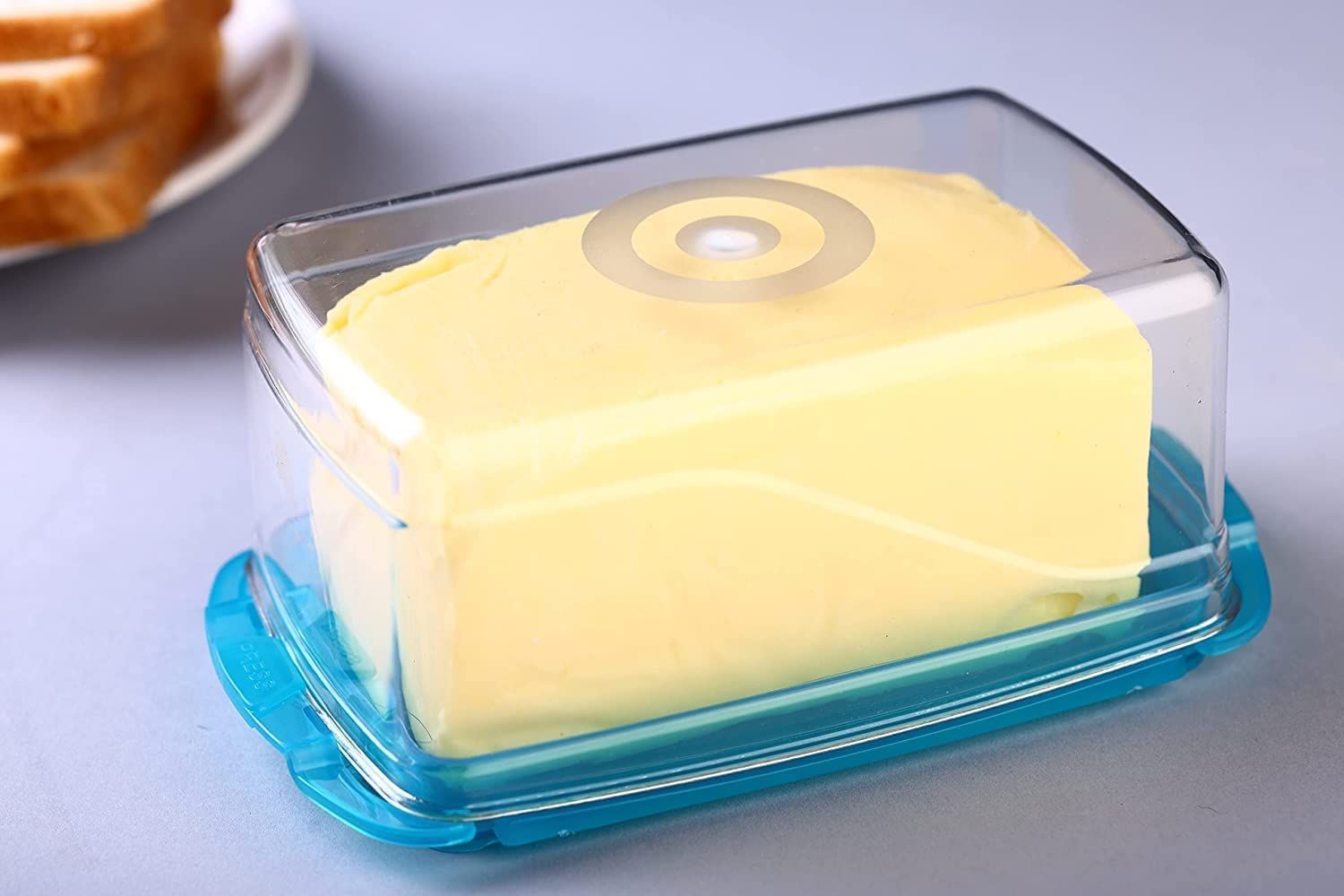
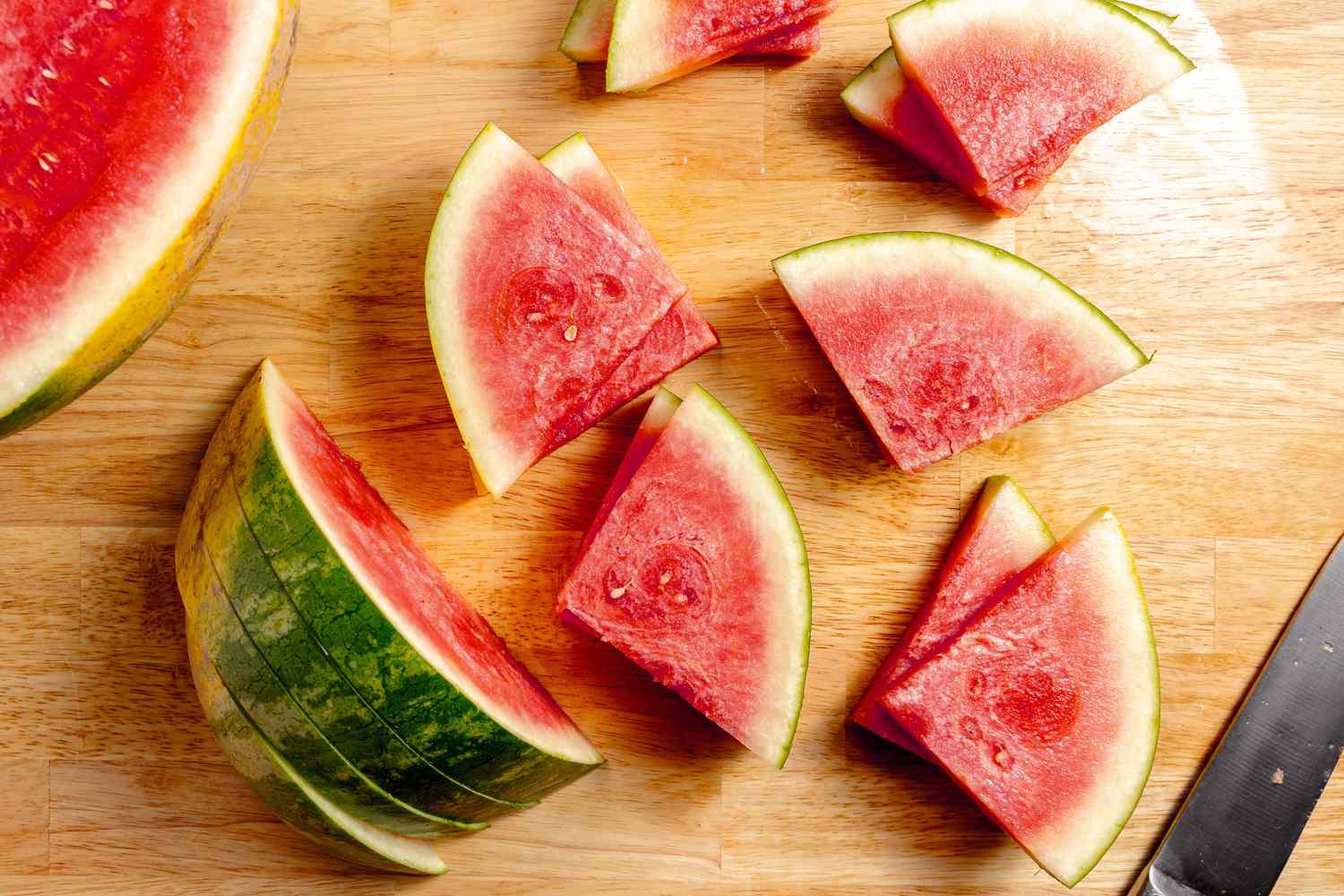
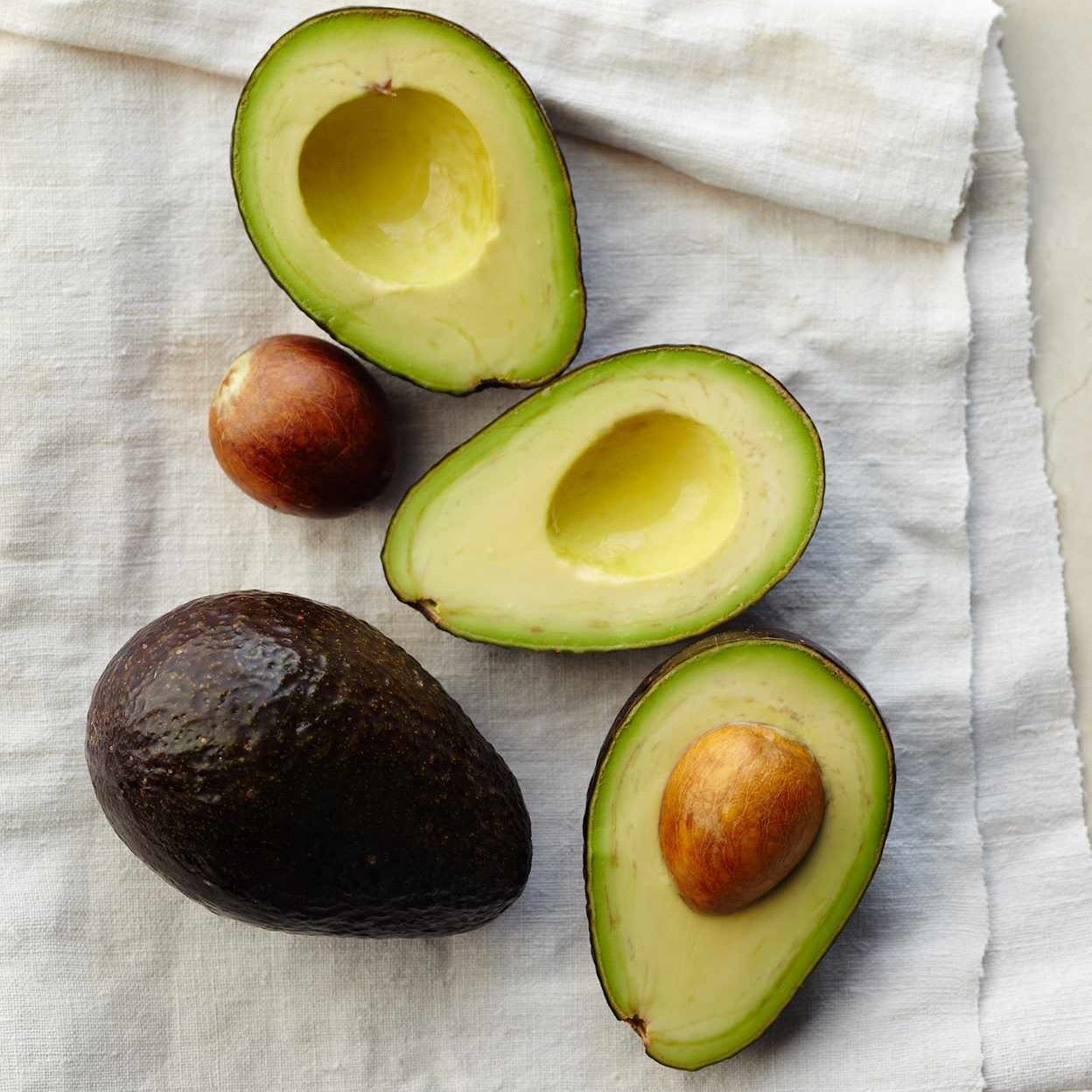
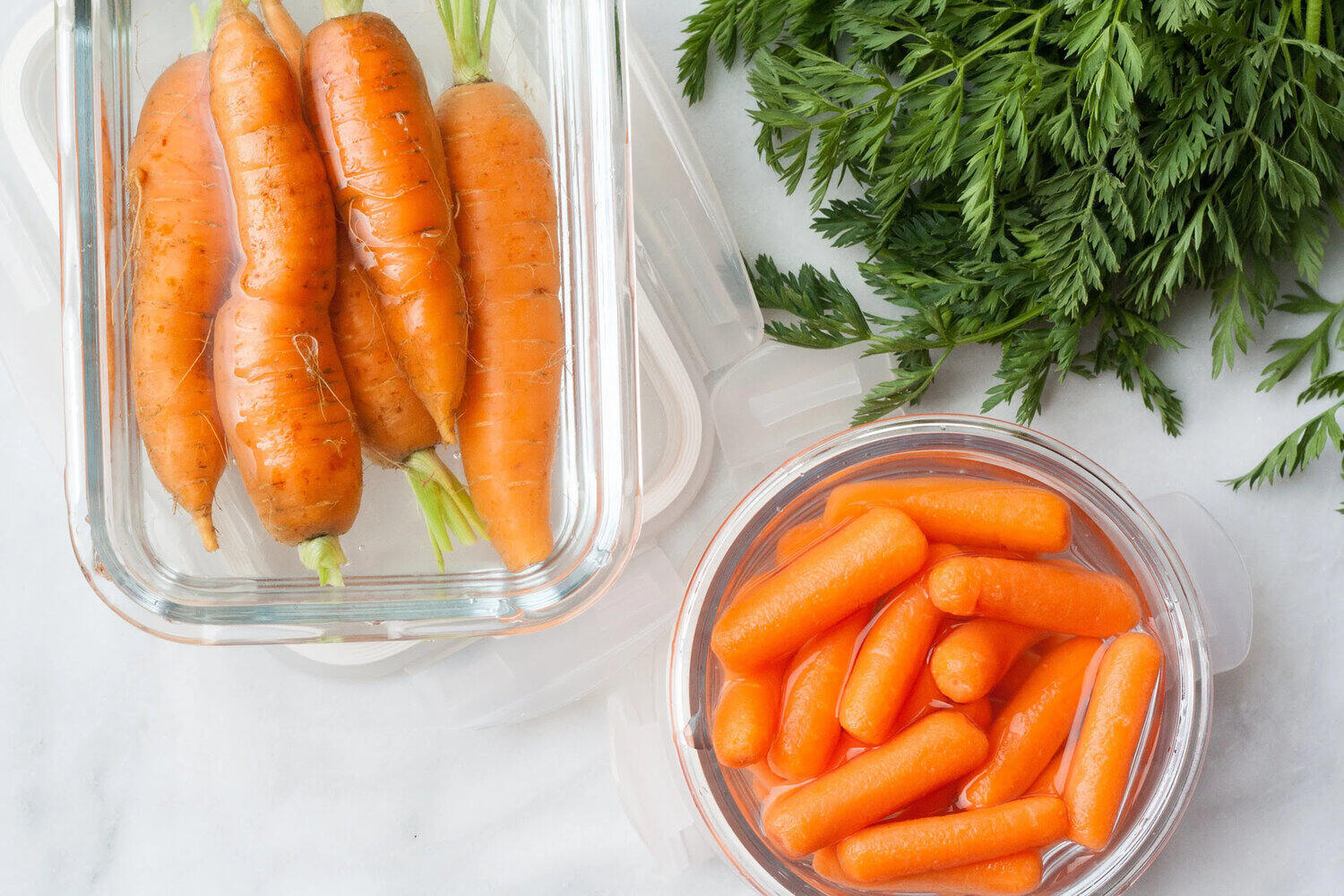
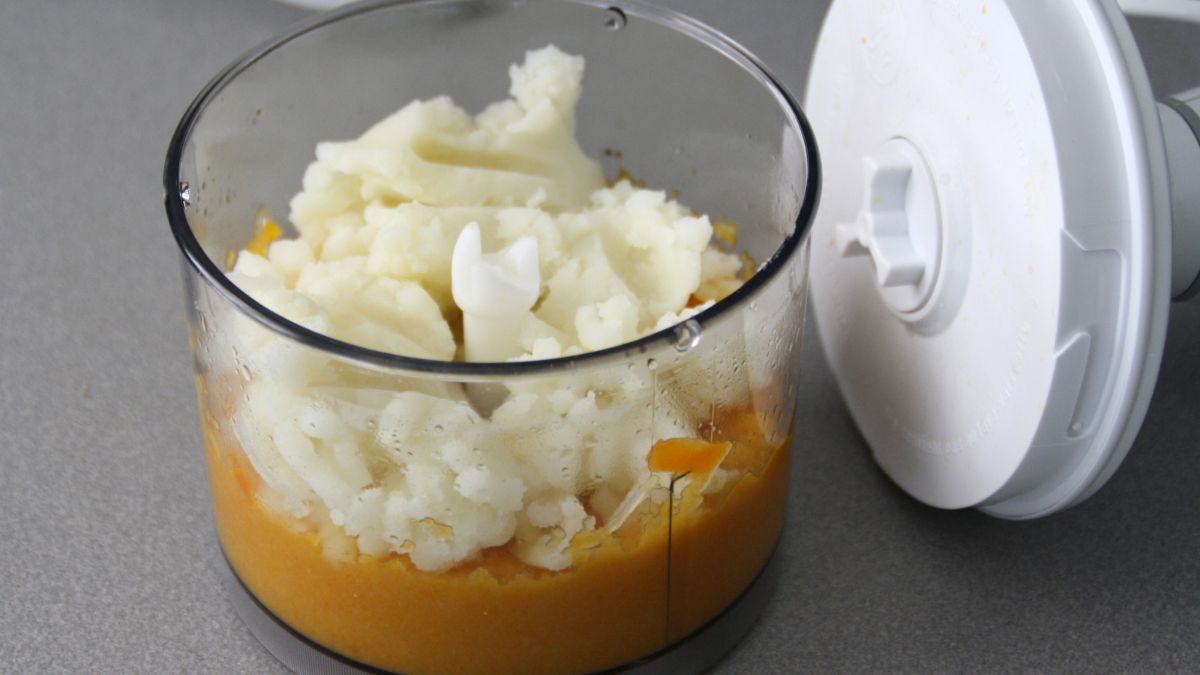
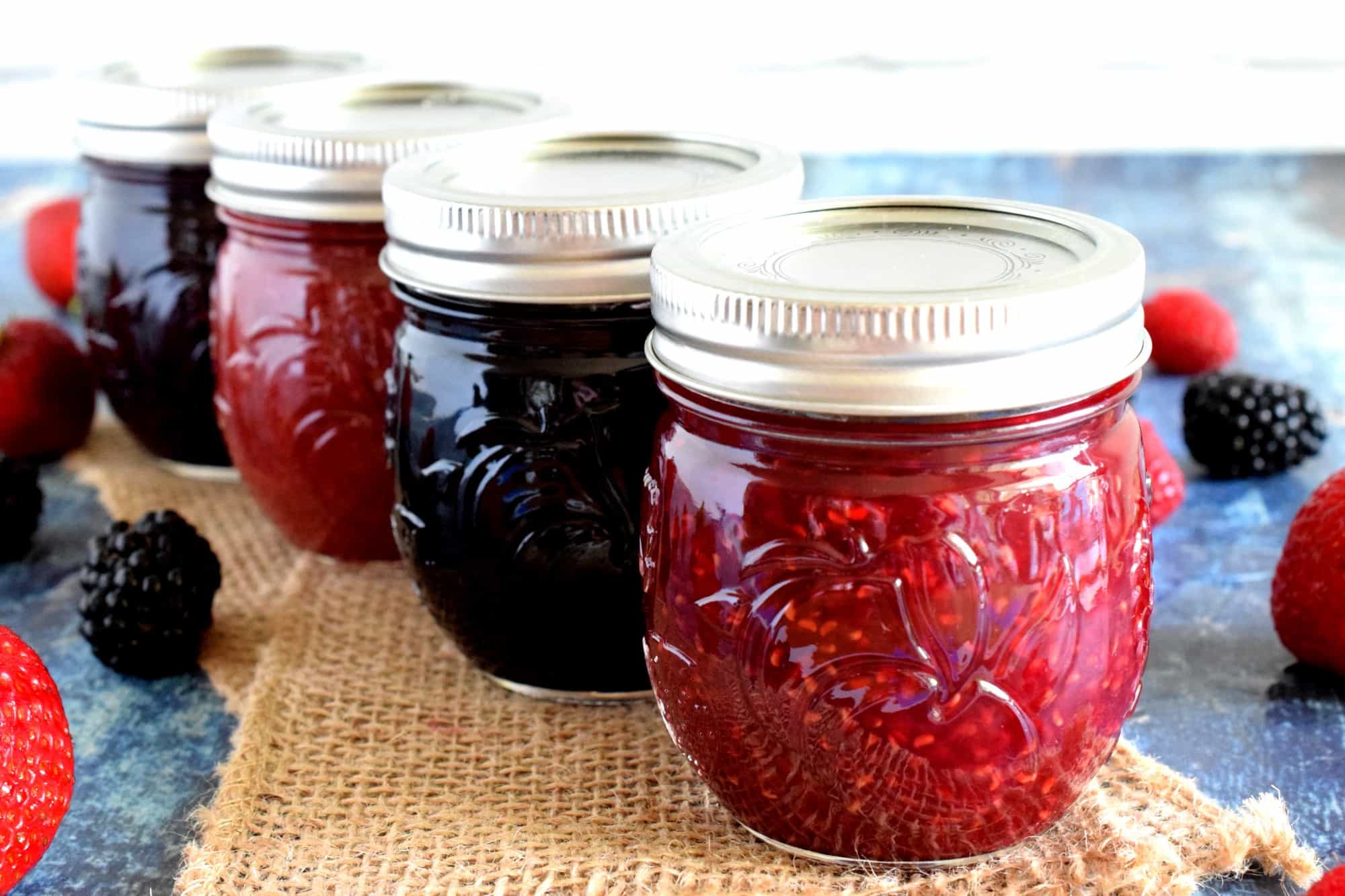
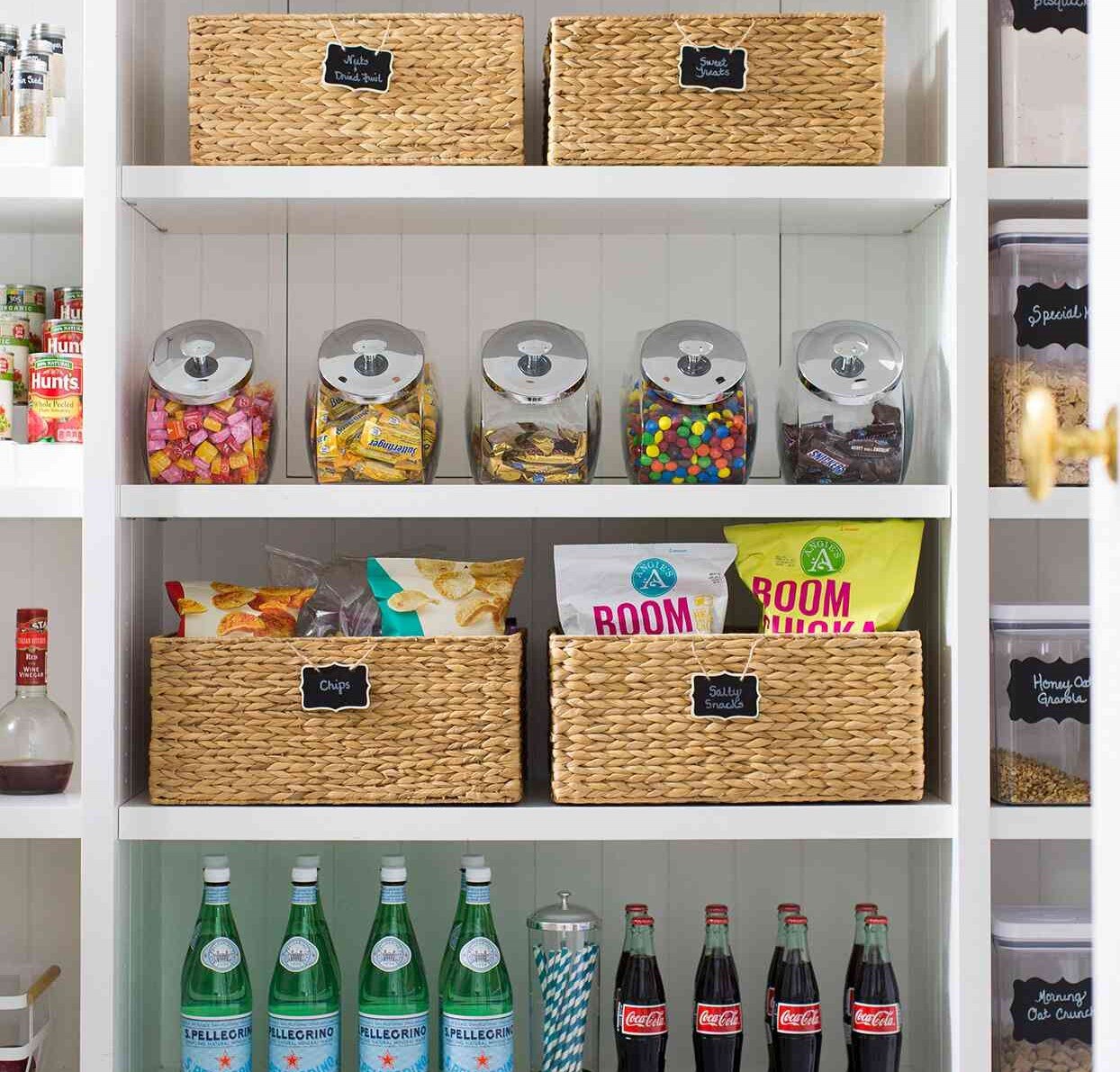
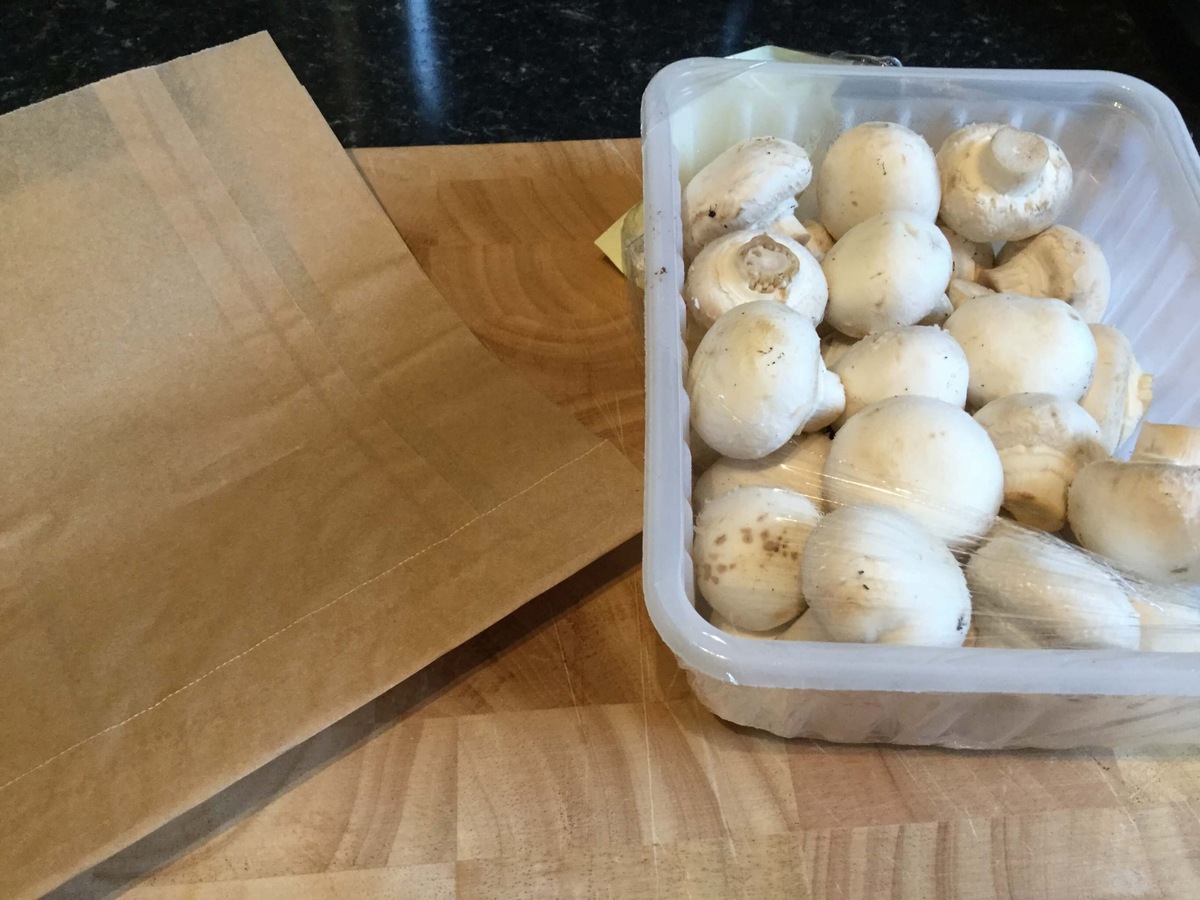
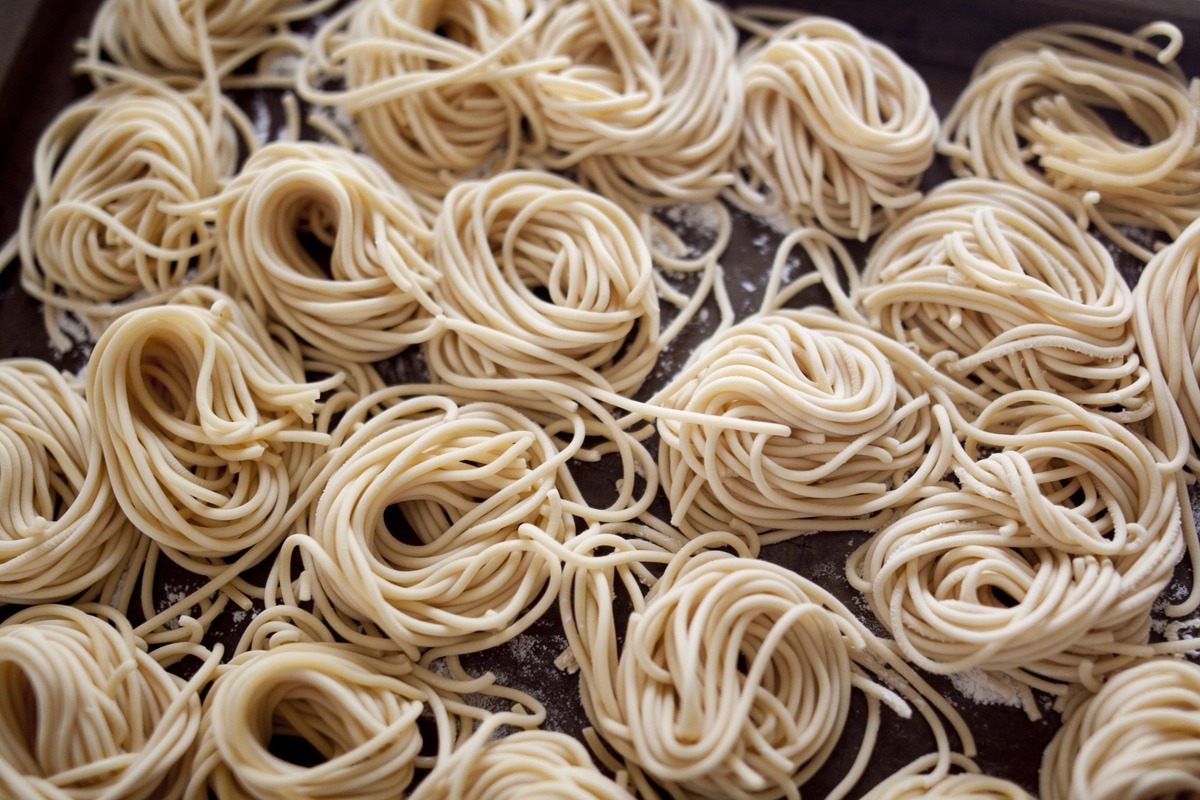
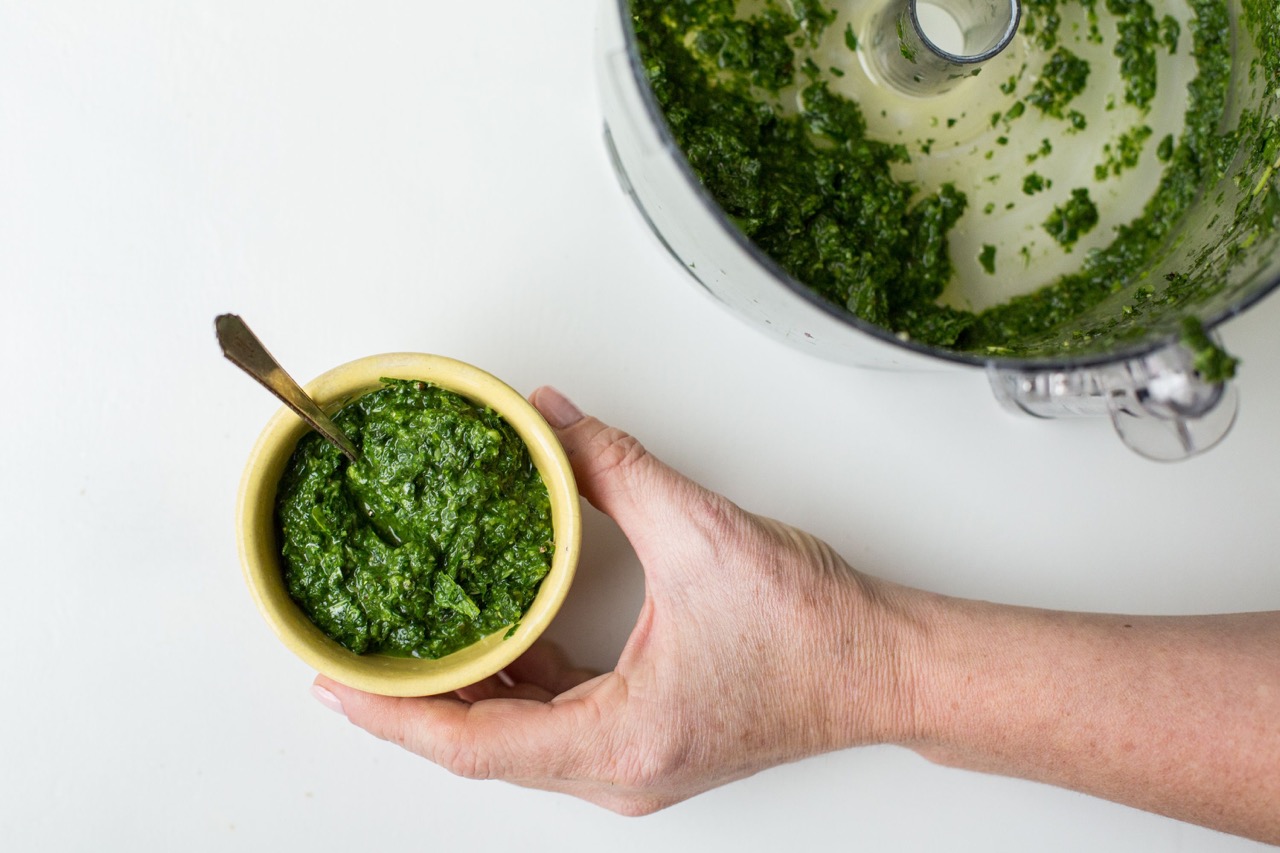
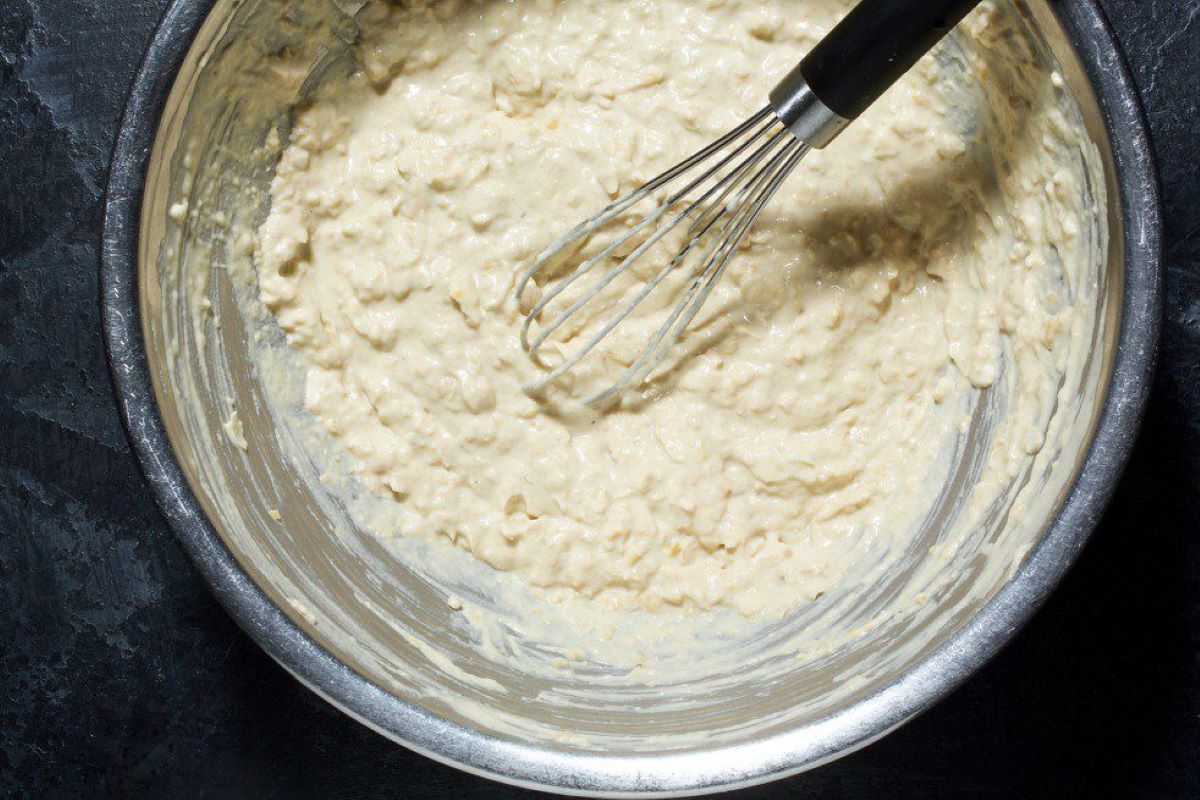
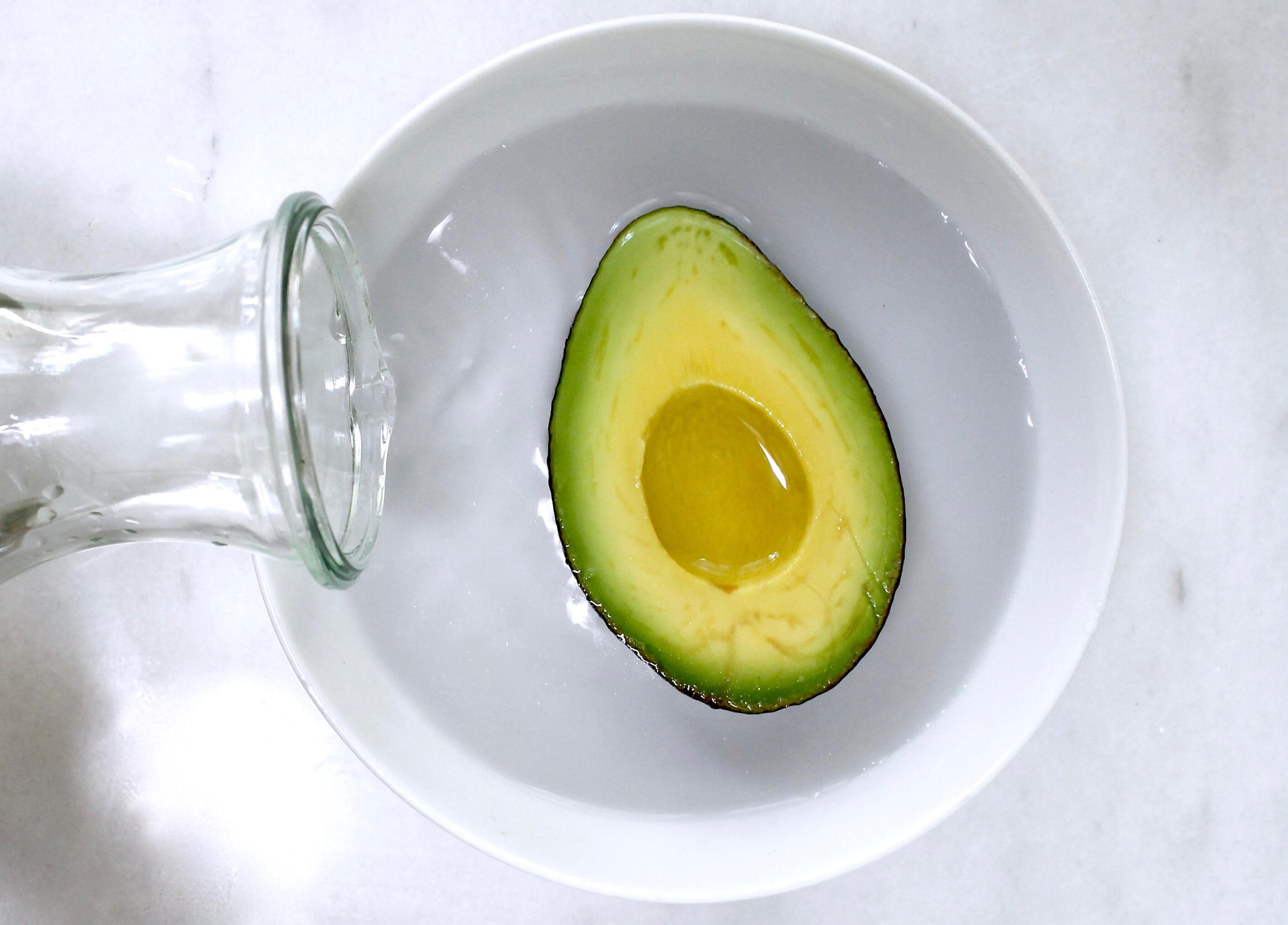
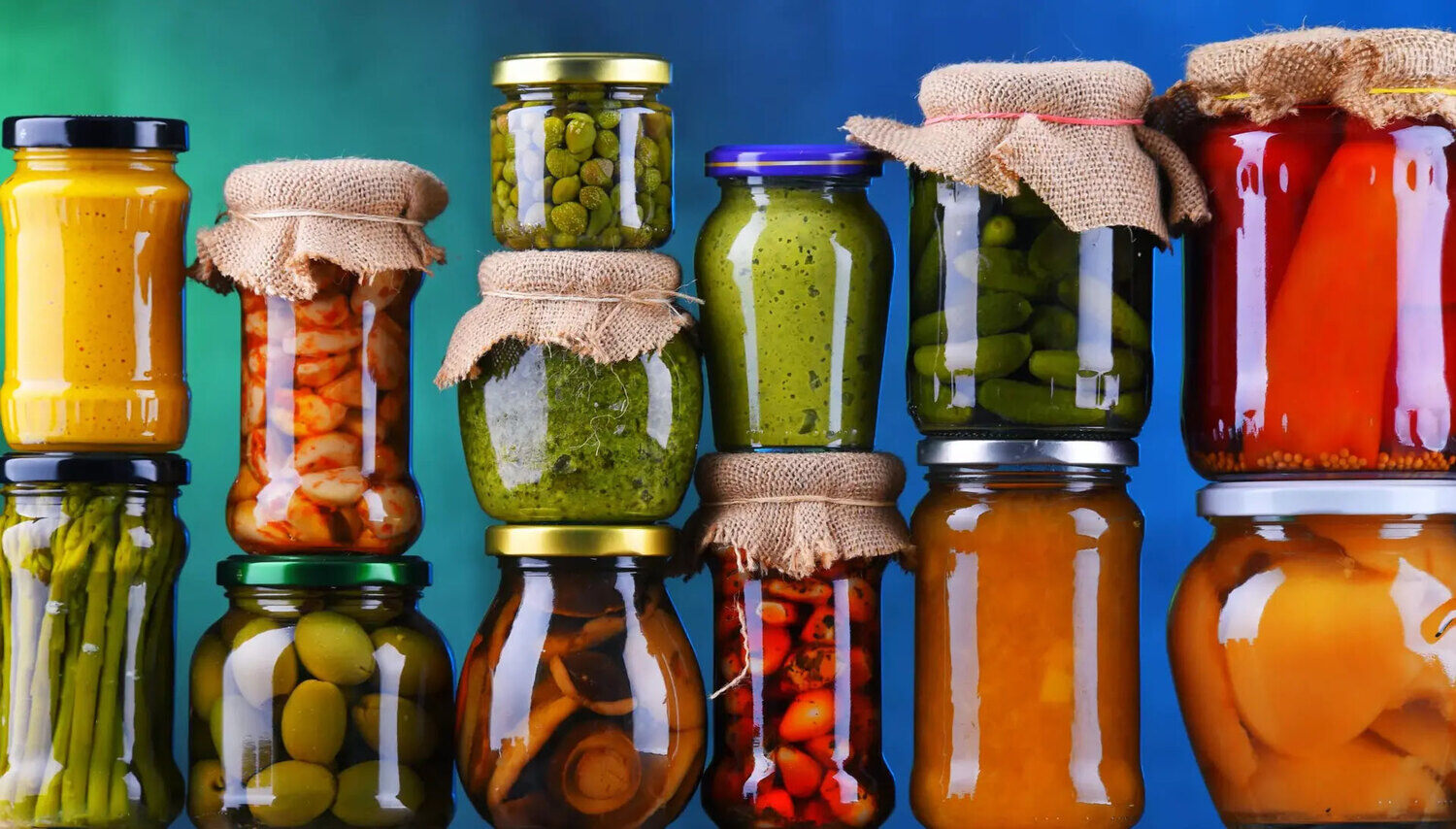

0 thoughts on “How To Store Food Without A Pantry”